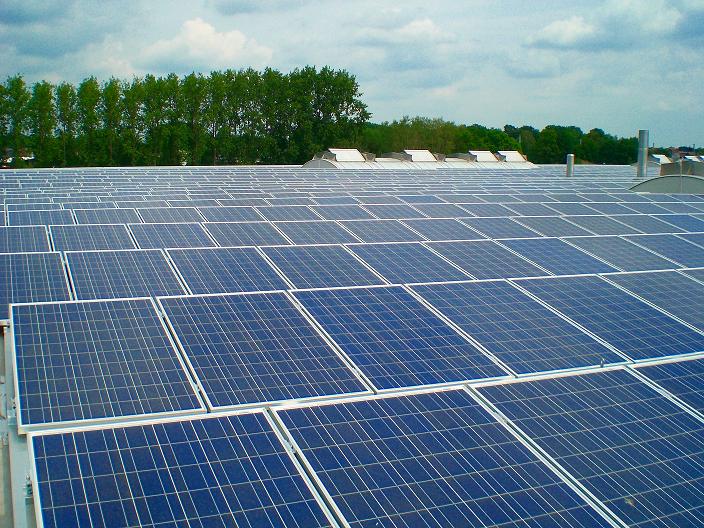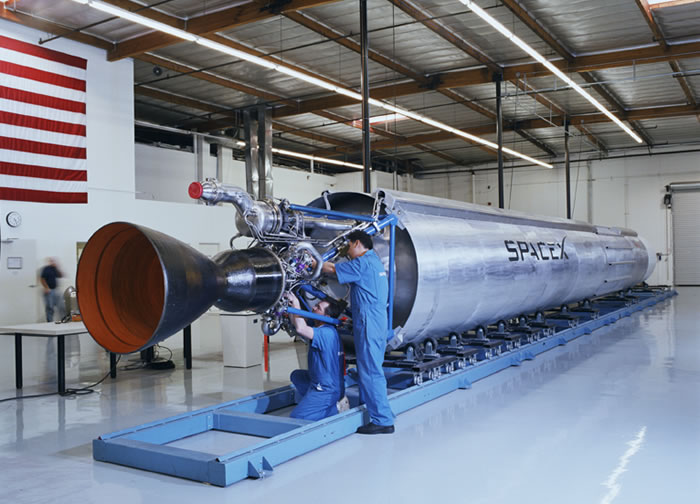Surprising Science
All Stories
Powerful yet tiny particles known as nanostructures will support new antibiotics that act like magnets to destroy bacteria and disease and potentially cancer, according to a new study.
Billionaire explorer Sir Richard Branson plans to take a single-person submarine to the deepest points in each of the world’s five oceans, the first time such a feat has ever been attempted.
Researchers at Michigan State University have built a gasoline engine that could greatly improve the efficiency of gas-electric hybrid automobiles, reducing emissions by 90 percent.
Embryonic stem cells growing in a dish can spontaneously form complex structures resembling the retina—a discovery that could one day help restore sight to the blind.
In a move that could shake up the American solar industry, General Electric plans to announce on Thursday that it will build the nation’s largest photovoltaic panel factory.
The Large Hadron Collider, the world’s most powerful atom smasher, may be only months away from finding a new elementary particle—a sign of a new force in nature—recent studies suggest.
Initial research indicating increasing temperature variation on Earth correlates with data showing the risk of species extinction is decreasing. But there are caveats, say the researchers.
More than a wild dream, Russia, the U.S. and other nations are to discuss cooperation on building a nuclear-powered spacecraft, according to the Russian space agency Roscosmos.
As more meteorites have been discovered in recent years, interest in them has flourished and an illegal sales market has boomed—much to the dismay of scientists who want to study them.
Workers near the Fukushima Daiichi nuclear complex are sealing a leak releasing radioactive seawater into the ocean, though scientists say the radiation will dissipate in the Pacific.
California-based SpaceX has announced plans for a new rocket that it says will be the most powerful in the world—both government and private space ventures will benefit from the technology.
A Swiss court says Google must guarantee all faces and license plates photographed as part of its Street View maps are unrecognizable, even though Google says it’ll cost too much.
Moore’s Law explains why the price of everything electronic keeps going down. Richard Bennett explains some exceptions. Don’t expect bandwith prices to halve every 18 months.
The Madden video game series seeks to hone a message that is difficult for many young football players to accept: get a concussion, and you are off the field for the rest of the day.
The brain is always anticipating what will come next—for example, what someone will say. This explains why jokes are funny: they add a twist to information our brain was anticipating.
That chronic pain and depression are so often bound together suggests a complex relationship, and the brain’s shared circuitry for social and physical pain may lie at its heart.
Sexual harassment may have become so commonplace for women that they have built up resistance to harassing behavior they consider merely “bothersome,” suggests a new study.
Research conducted by Arizona State University anthropologists finds an increasing number of societies express negative attitudes towards overweight individuals—a reversal of earlier trends.
Potentially dangerous food coloring has been removed from foods made by American companies—overseas. The coloring persists in the U.S. while the F.D.A. calls for more research.
People who eat candy and chocolate tend to have smaller waists, weigh less and have a lower body mass index than those who don’t indulge in these treats, a new study says.
Scientists at New York University have combined two methods that scientists use to carry D.N.A. into cell nuclei. The result could help analyze proteins and ultimately improve gene therapy.
For decades, medicine has been dominated by independent doctors who owned their practices and worked night and day—today this is changing, along with the very concept of patient care.
New genomic analyses suggest that the most common genetic variants in the human genome aren’t the ones most likely causing disease, genetic experts at Duke University Medical Center report.
As African temperature zones shift due to global warming, tropical diseases like malaria are affecting new populations—lack of previous exposure means lower immunity rates.
Researchers have shown that they can put out a fire by zapping it with electricity—pointing an electrical wand at a flame and applying a current that disrupts a flame’s stability from inside.
Build enough wind farms to replace fossil fuels and we could seriously deplete the energy available in the atmosphere, with consequences as dire as severe climate change.
Using data from the Large Hadron Collider experiment, a team of scientists has observed new behaviour of an exotic “B meson” particle that should shed light on a new physics.
No single analysis can discern which nuclear power plants in the U.S. are most at risk for a disaster, but the probabilities of an accident damaging a reactor core have been roughly penciled out.
While early searches at the Large Hadron Collider did not turn up long-sought-after particles, there is good reason to believe that supersymmetry will be discovered, says Dr. David Toback.
An artificial silicon-based “leaf” that collects energy in much the same way as a natural one could provide a day’s worth of power for homes without access to an electricity grid.

